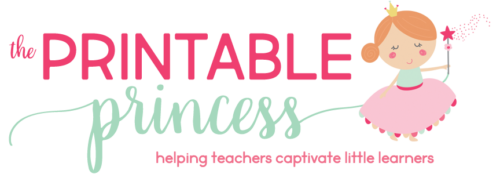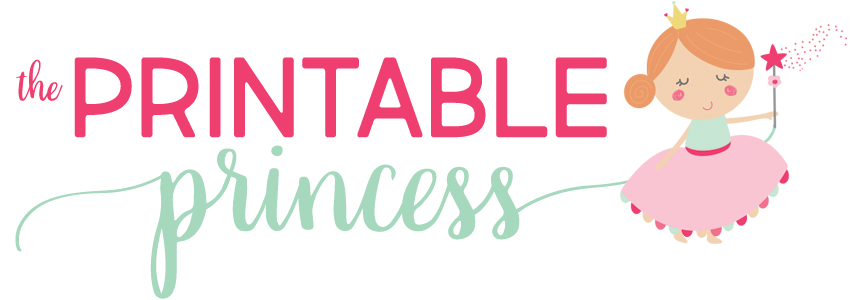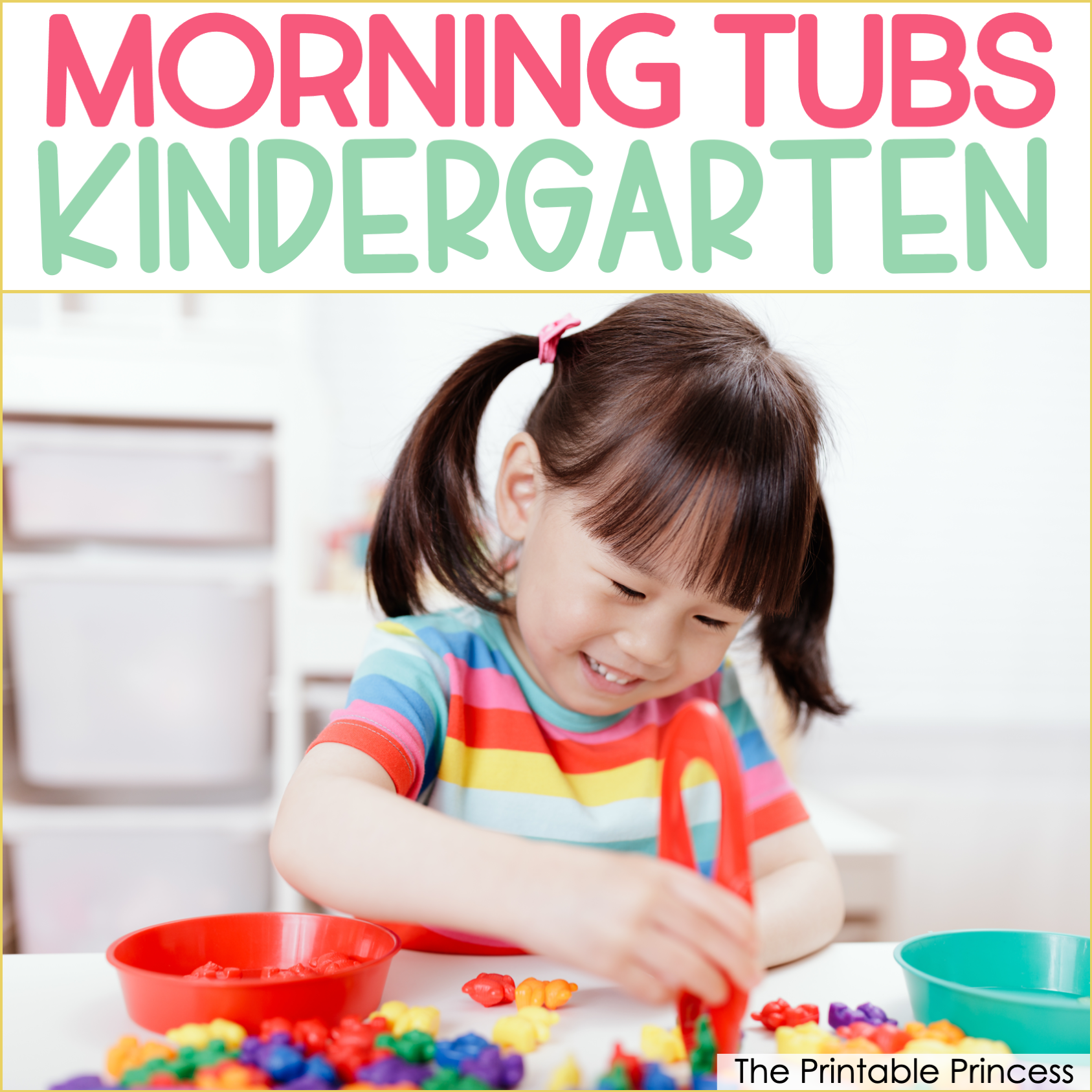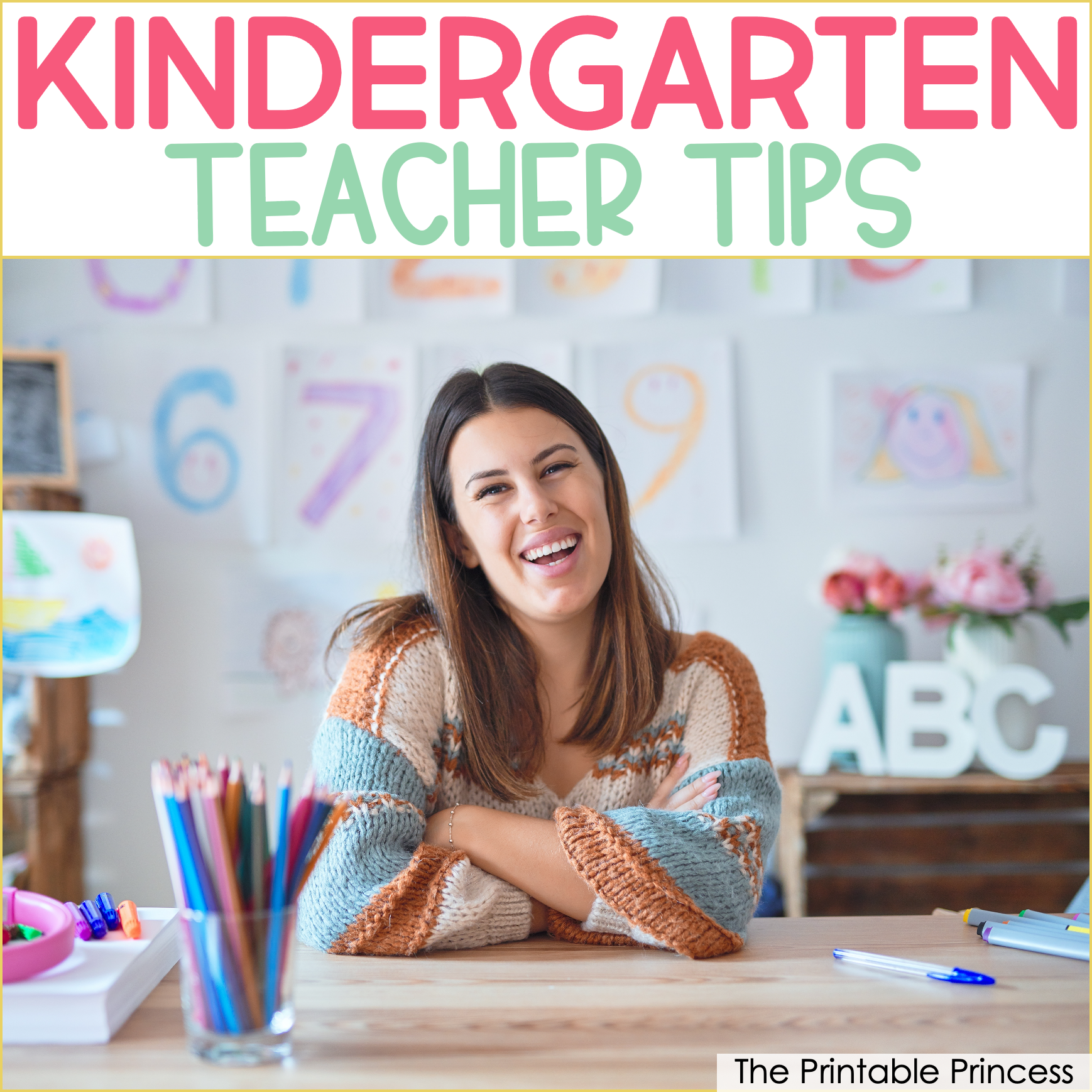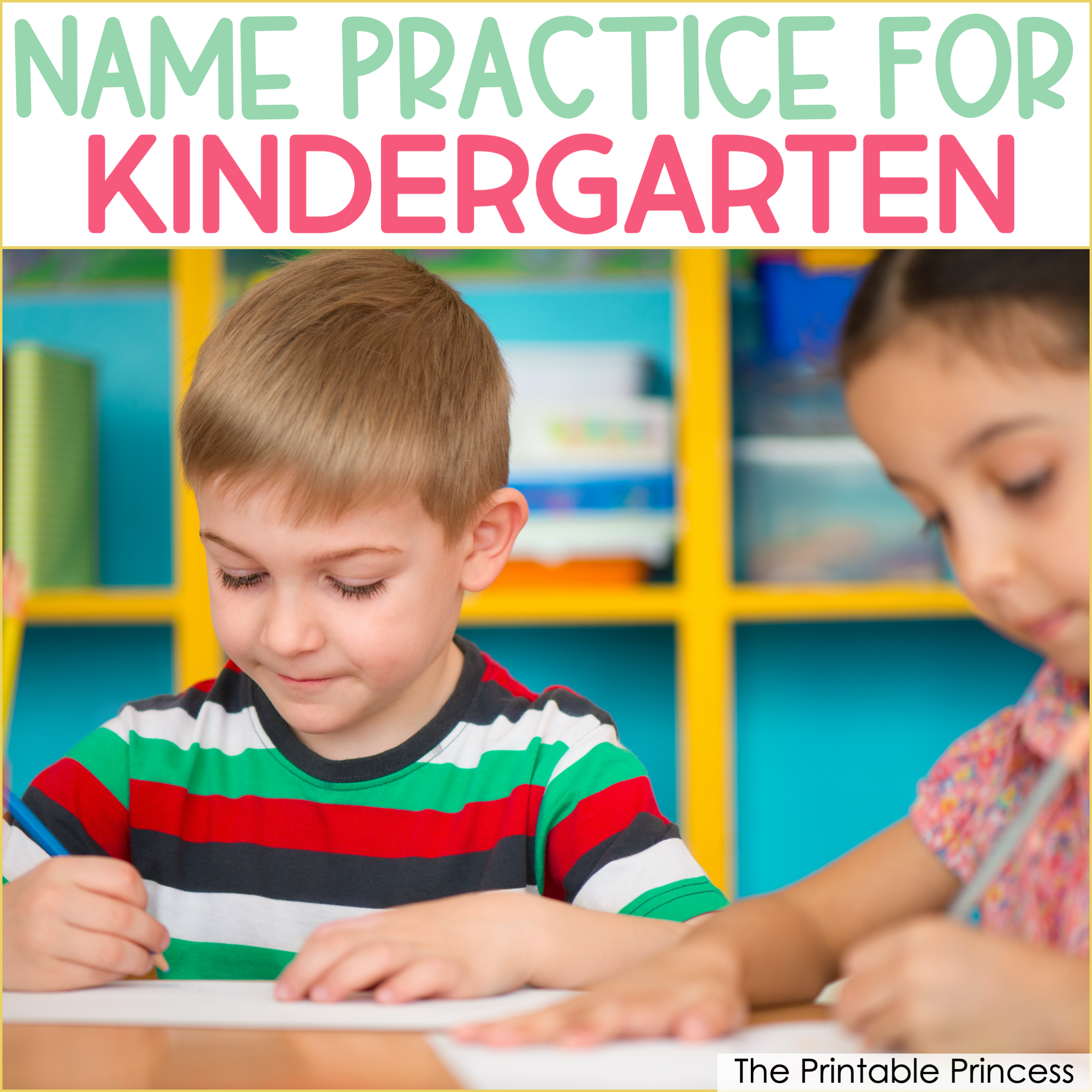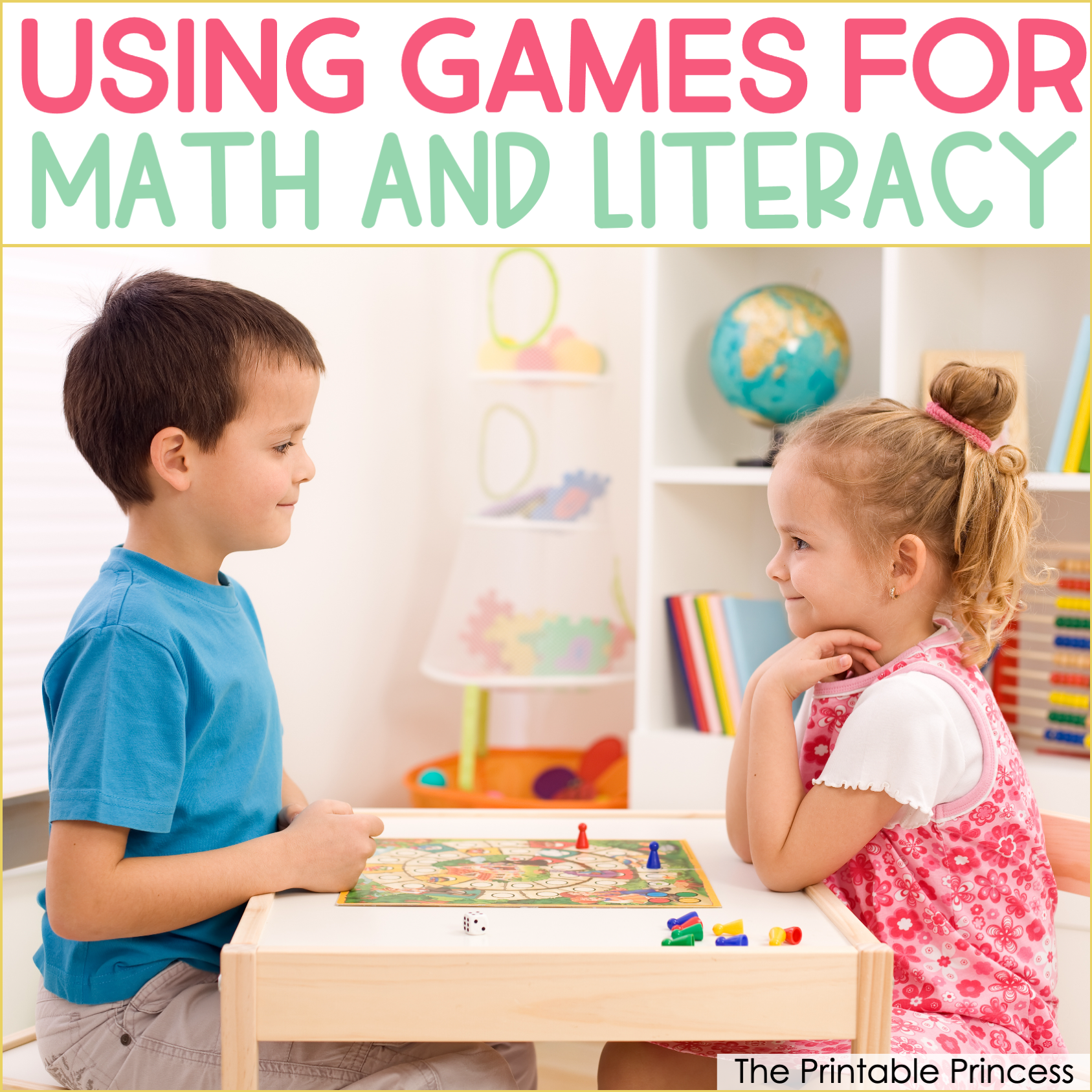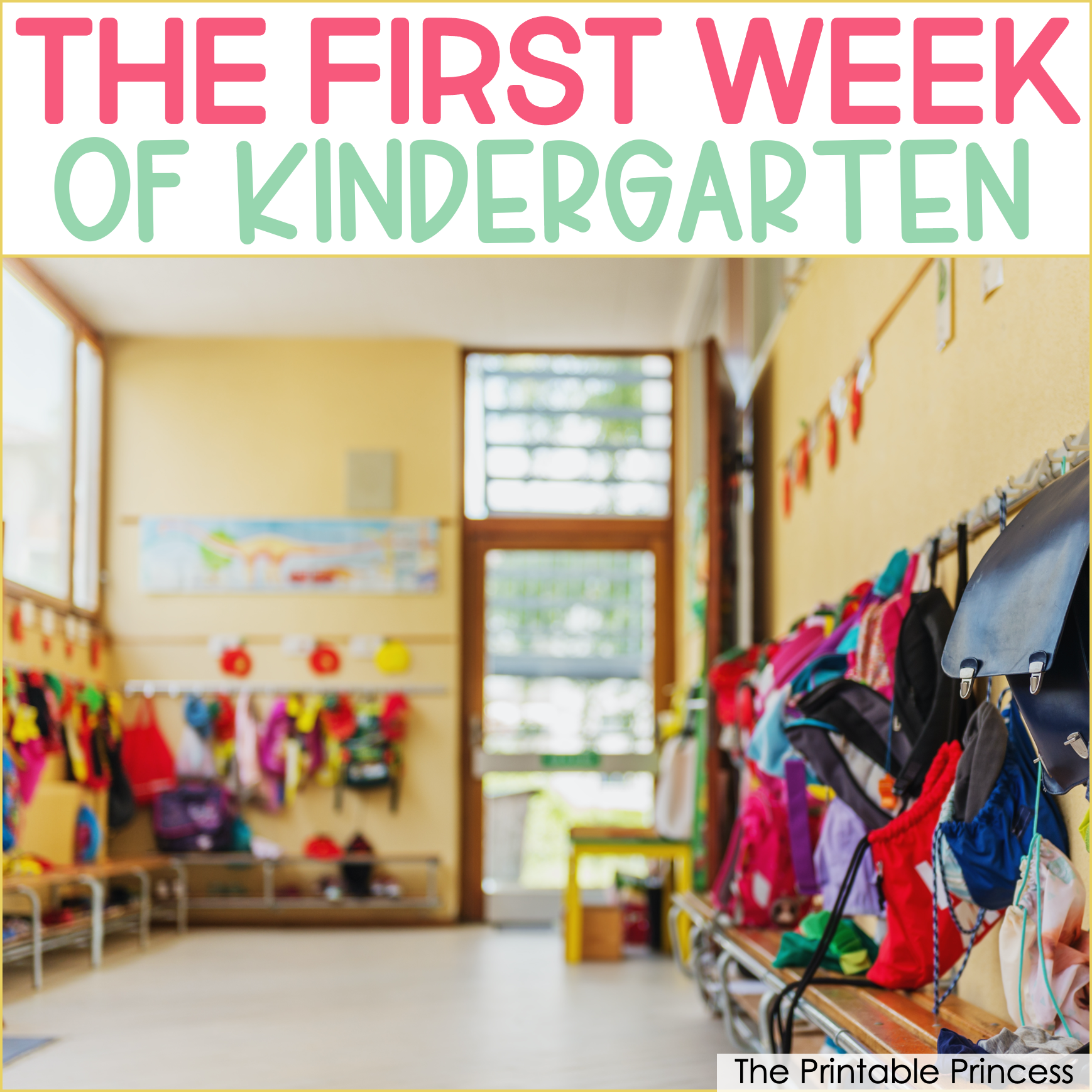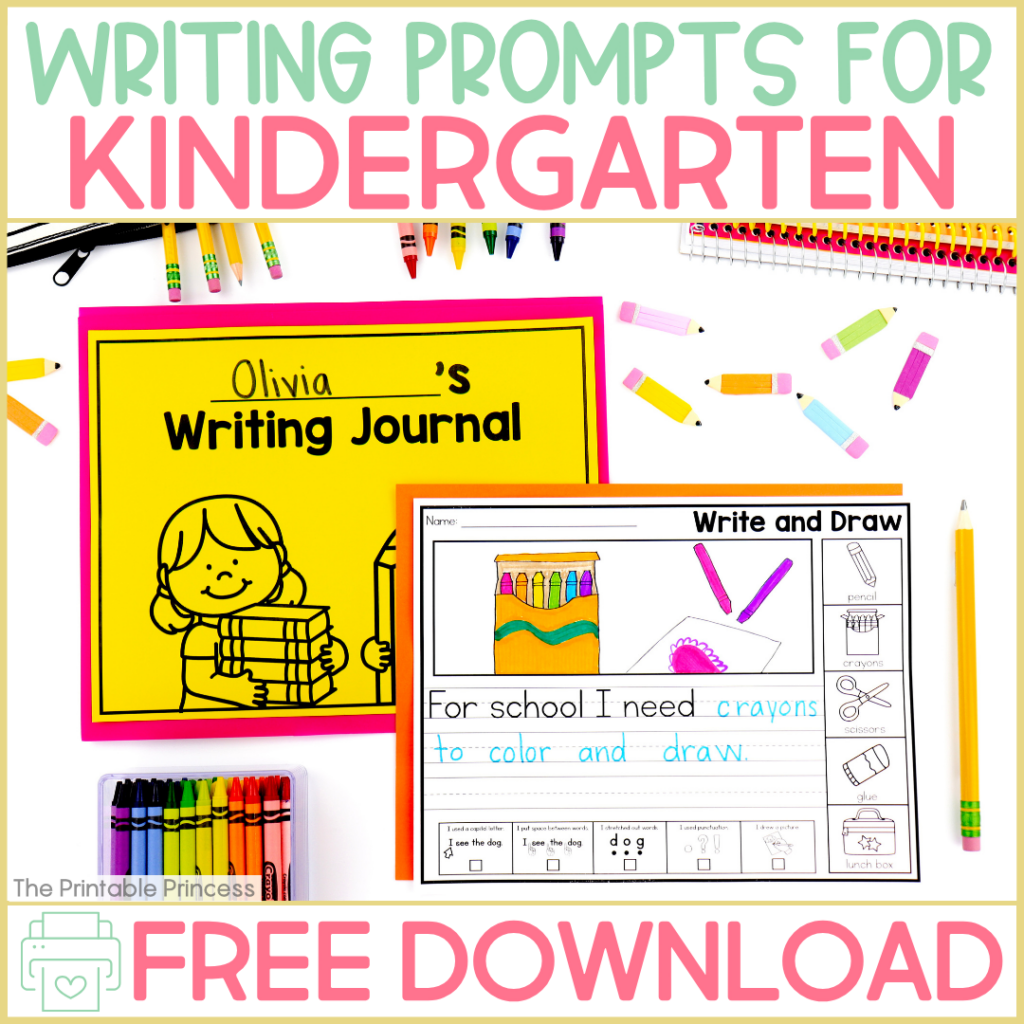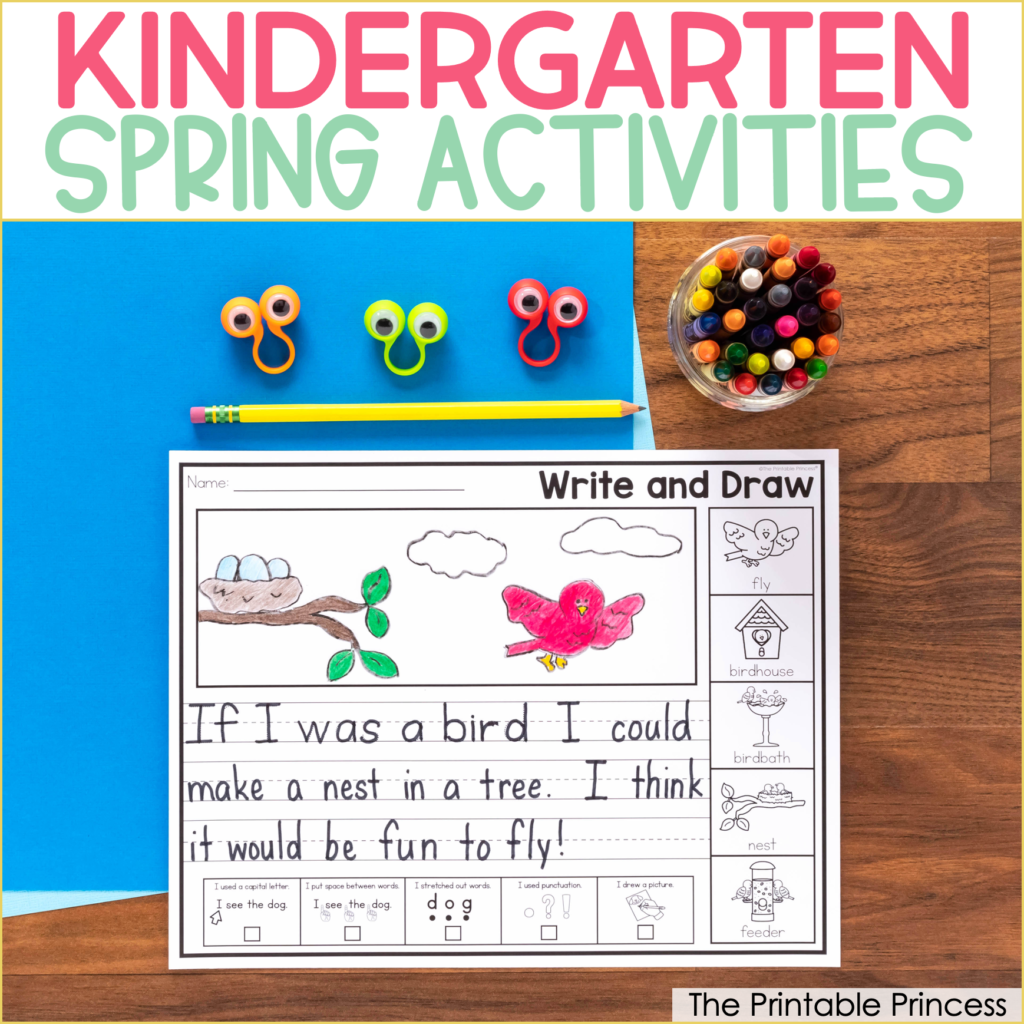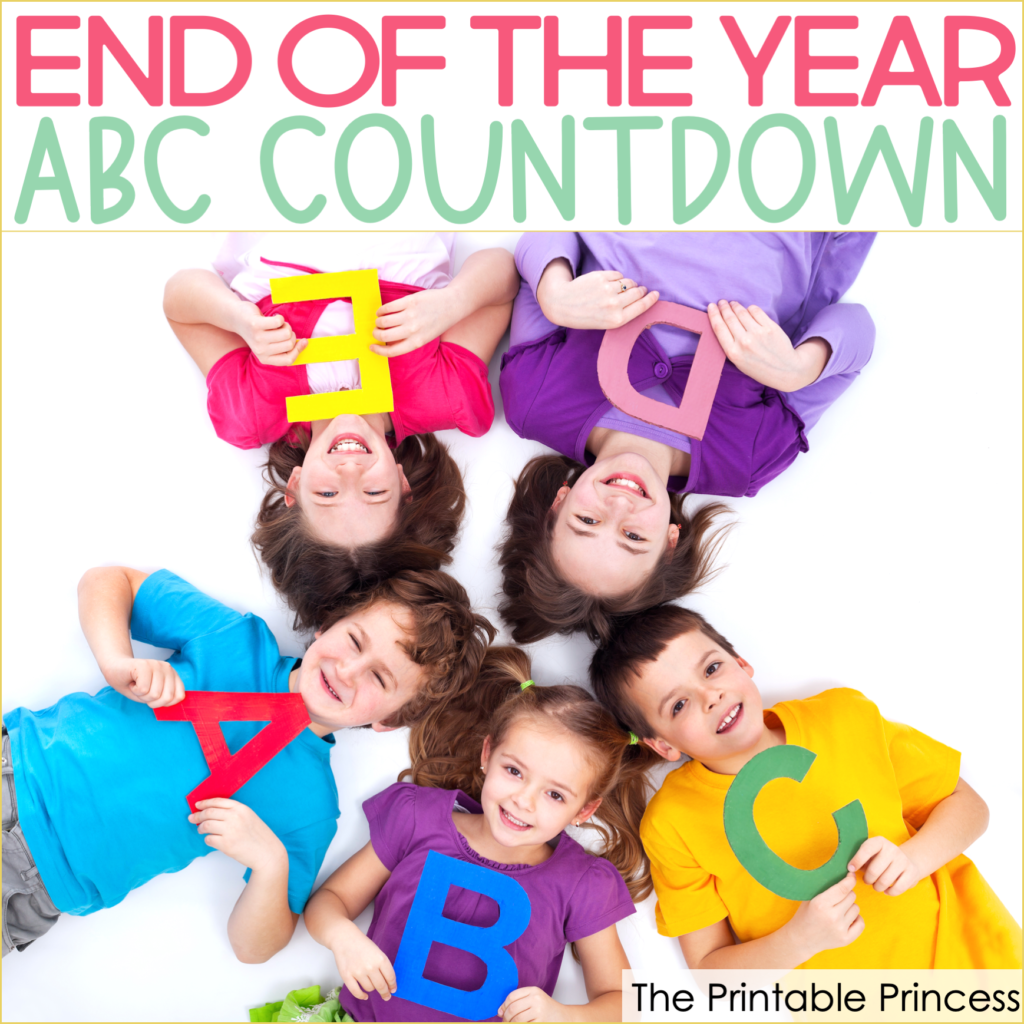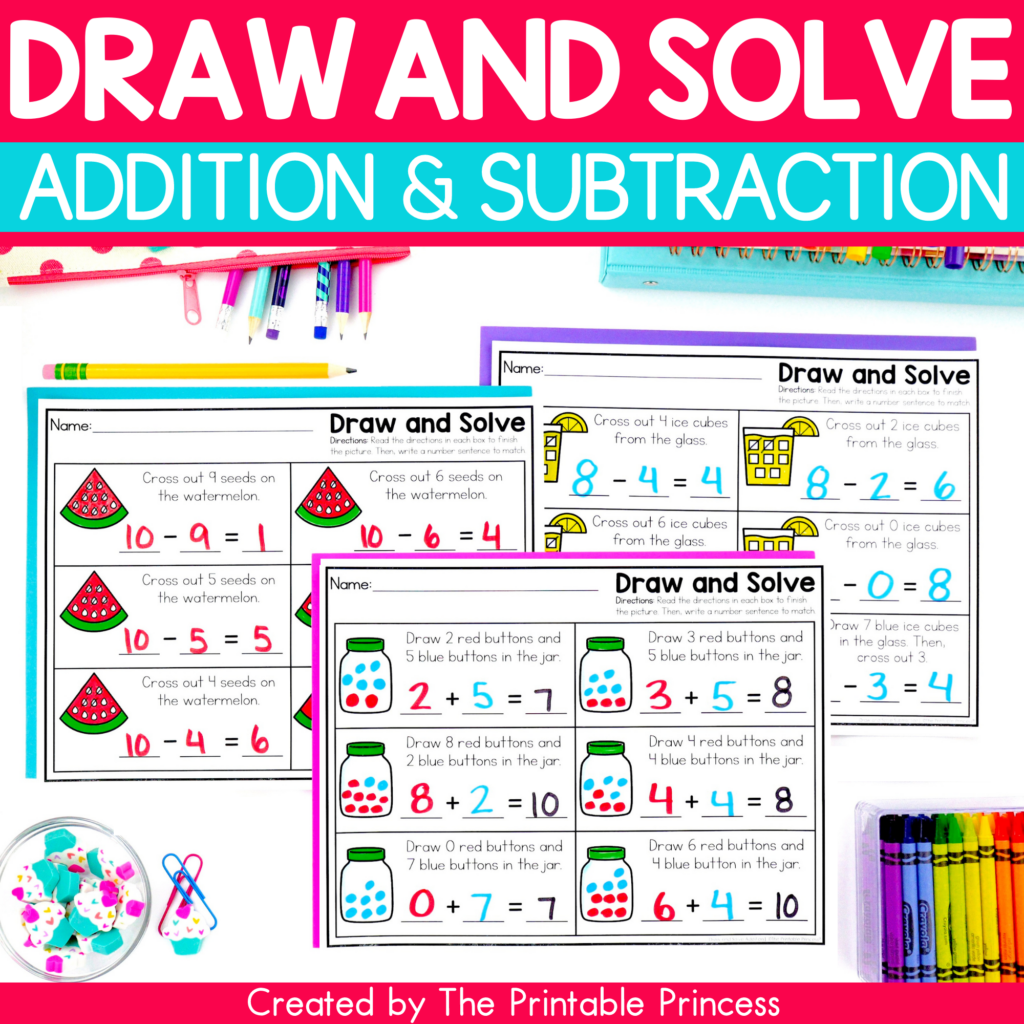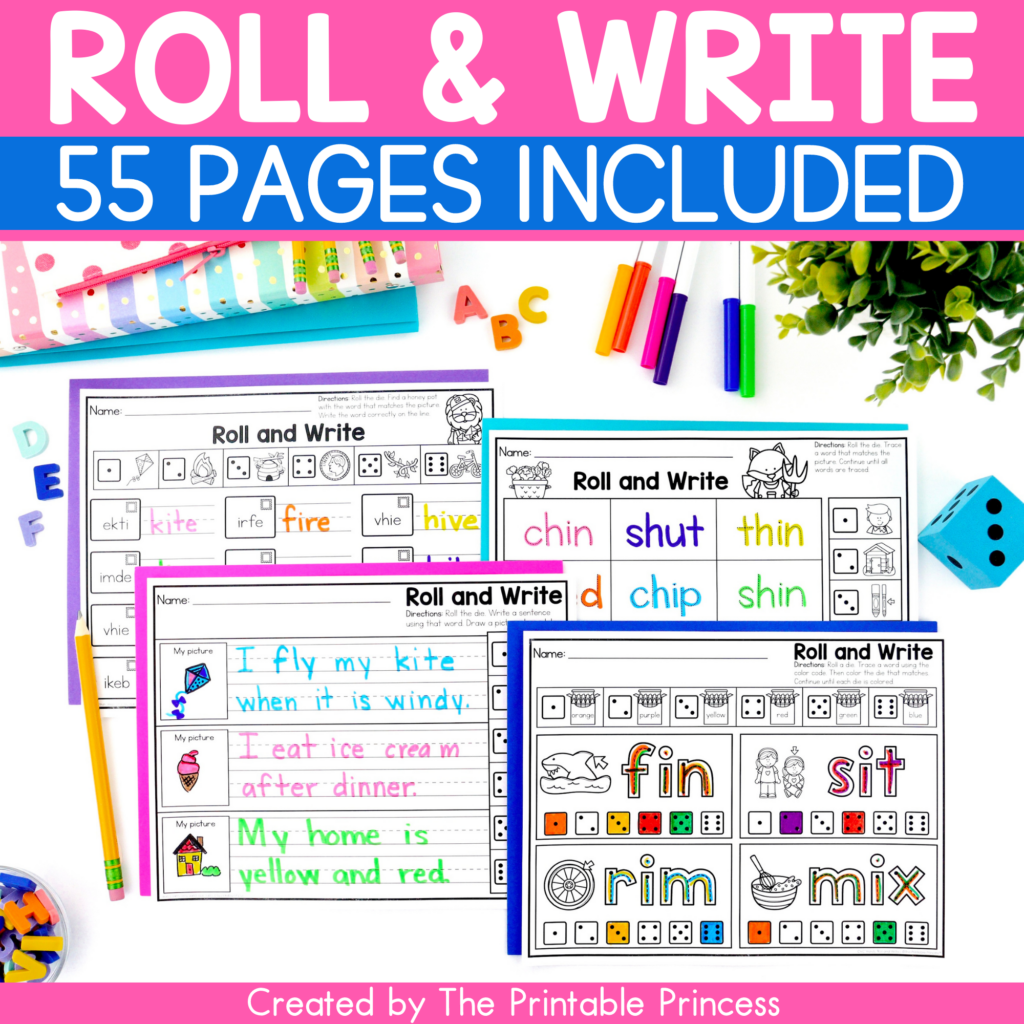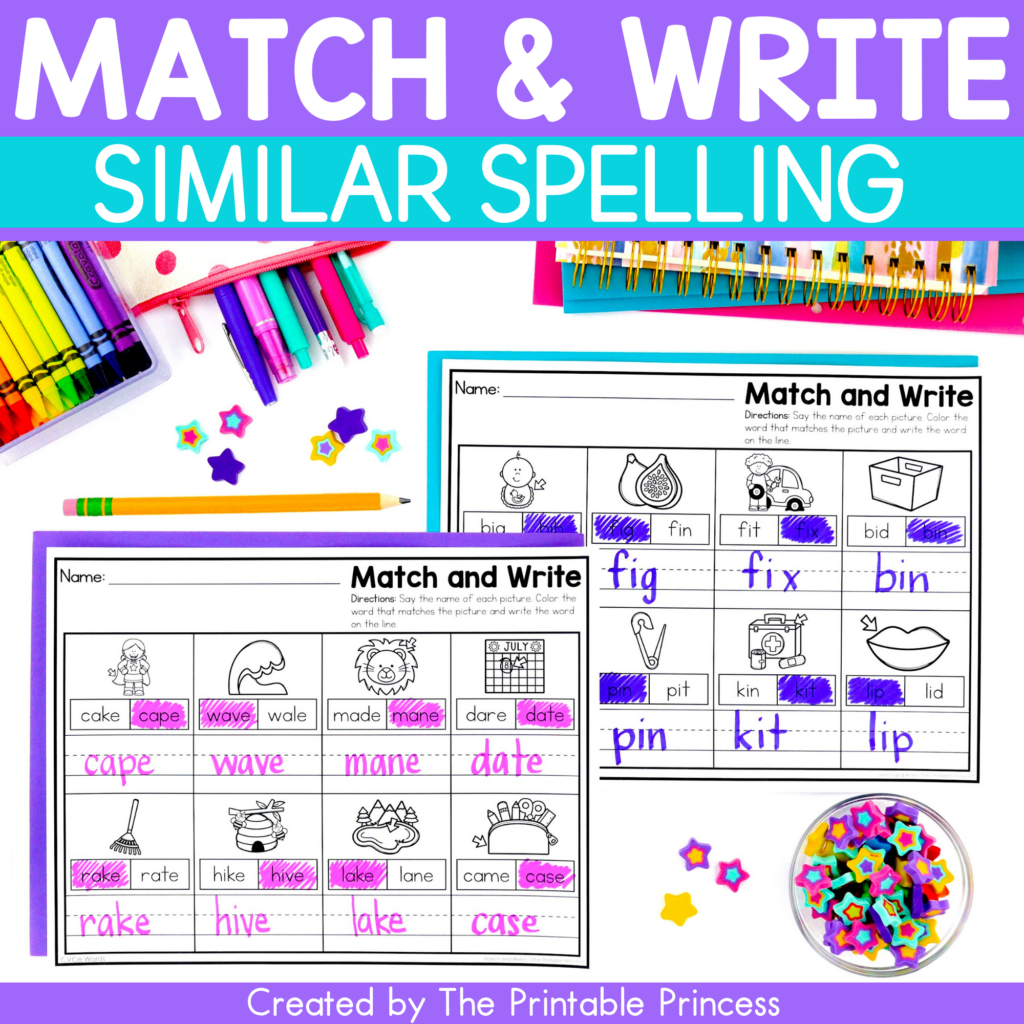Building a Classroom Community in Kindergarten: 10 Methods for Success
Building a classroom community in kindergarten is an important part of a productive school year, but it isn't always easy. Here are ten practical teaching and classroom management tips to help.
Building a Classroom Community in Kindergarten: 10 Methods for Success
Building a classroom community in kindergarten is one of the most important parts of the job for a teacher, as research has proven. Especially in the younger grades when you are together all day long. Children need to feel a sense of trust and connection in order to do their best learning. Here are some activities to help build a classroom community. These ideas will help your students get to know and trust one another, as well as learn to communicate and work together cooperatively.
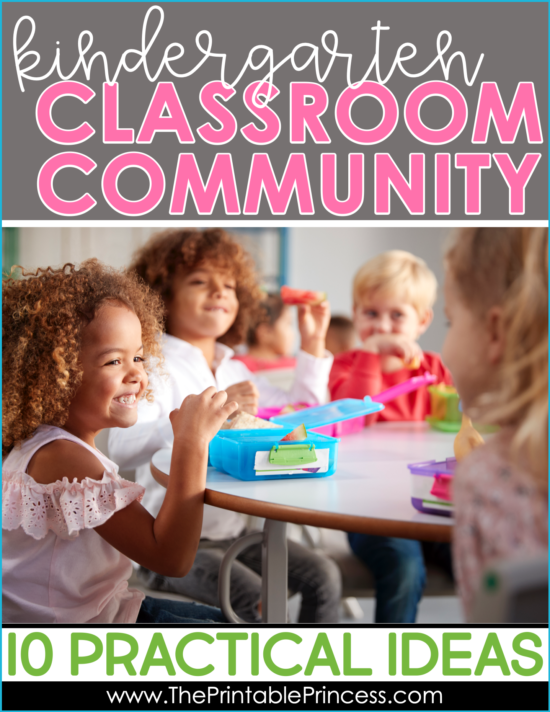
10 Methods for Building a Classroom Community
Begin to think of ways you can build community in your classroom from day one. Whether you are a new kindergarten teacher or a seasoned veteran, the overwhelming reality is that you have a new mix of students and personalities in your classroom every year. You will find that different methods work better for different groups of children.
Implement some of the following ideas and methods and you will have a room full of happy students who feel at home and welcome amongst their peers.
Create a mural together.
Spread out a large sheet of bulletin board paper on the floor, or if you can, outside on the sidewalk. Pick a theme such as family, nature, or favorites and have each child draw and color a picture that goes with the theme. Encourage students to fill up every inch of the paper with images and colors.
Once they’re done, display their mural proudly in your classroom for them to see what a beautiful work of art they created together.
Play a quick round of Find Someone Who…
This is an easy get-to-know-you activity that you can squeeze in whenever you have a few extra minutes in the day. It gets kids mingling and helps them discover things they have in common with one another.
Gather students on the rug and call out a challenge such as “Find someone who has the same color hair as you.” or “Find someone who has a pet.” Students must mix around asking their classmates questions until they find someone, then they pair up and stand together. For the next round, each student must find a new person to stand with.
Play a friendly name game to build a classroom community.
Have students sit in a big circle. One by one, go around the circle and have each student say their name. Once everyone has introduced themselves (even if they’ve been in class together a while, you’d be surprised that they may not really know each others’ names).
Pull out a softball, like a Nerf basketball, and model how to play. Make eye contact with a student, say their name out loud, then toss the ball to them. That student will make eye contact with another student and toss the ball to them. Continue playing until every student has received and tossed the ball.
Emphasize that players should only toss the ball to someone who hasn’t gotten it yet. I like to have kids sit criss-cross, then once they’ve had their turn put their legs out straight in front of them.
Have kindergartners introduce each other.
Again, have students sit in a big circle. Pose a question such as “What is your favorite animal?”
Have students turn and talk to their neighbor on their right, make sure they know their name, and ask them the question. (This will take some coordinating as everyone can’t talk at the same time) Once all of the students have gotten the information they need, start at one end of the circle and have the students introduce the person they talked to. For example, “This is my friend Jacob. His favorite animal is a jaguar.”
Play Hoola Hoop games.
A Hoola Hoop is a great tool for team building games. One game to play involves having all of your students stand in a circle, holding hands with their neighbors on either side. Break one of the pair’s handholds and place a Hoola Hoop on one of the student’s arms. Then have them re- clasp their hands. The challenge of the game is to move the Hoola Hoop completely around the circle without dropping hands.
Another fun activity also involves having students stand in a circle. This time, instead of holding hands, each student stands with their hands in front of them with two fingers extended parallel to the ground. The challenge of this game is to pass the Hoola Hoop all the way around the circle without grasping it or dropping it.
Have a tower building challenge.
Divide students into small groups of 4 or 5. Supply each group with the same amount of materials such as marshmallows and toothpicks, Dixie cups, blocks, or whatever you choose. Set a designated amount of time and challenge the groups to build the highest tower possible. Before you begin, talk about how important it is to work together cooperatively, making sure that everyone gets a chance to participate equally.
Play partner games.
Learning games designed for partners or small groups are a great way for students to get to know each other. In addition, working with a partner helps students support one other in their learning.
Build classroom community with a kindergarten class book.
My students love looking through past years' All About Us books and look forward to creating their own. Each week, the book goes home with a different student and they craft an “all about me” page with their family. They can include drawings, photos, captions, ticket stubs, etc.- anything that helps their classmates get to know them a little better.
Designate a daily team of helpers.
I like to break students into five teams of helpers, assigning each team a different day of the week. Each morning at circle time, that day’s helpers can share one short thing about their life (“Yesterday, I went to my grandma’s”, “I got a new kitty”, etc.) and pick two people to ask questions. It’s such a good activity to help kids get used to talking in front of a group, listening, and learning how to ask good questions.
Hold birthday circles.
Celebrate each student on or around their birthday. (Summer birthdays can be celebrated as half-birthdays.) Have students sit in a circle and go around, asking each student to offer one thing they appreciate about the birthday girl or boy. For instance, “I appreciate that Michael helps me tie my shoes” or “I appreciate that Kaley is a good listener.”
This is such a good practice for learning gratitude and how to show appreciation. Give students the option to pass if they can’t think of something, or don’t want to speak out loud. Instead, they can write a note or draw a picture. It takes a little time for kids to learn how to authentically participate in birthday circles, but once they get it, it’s beyond heartwarming.
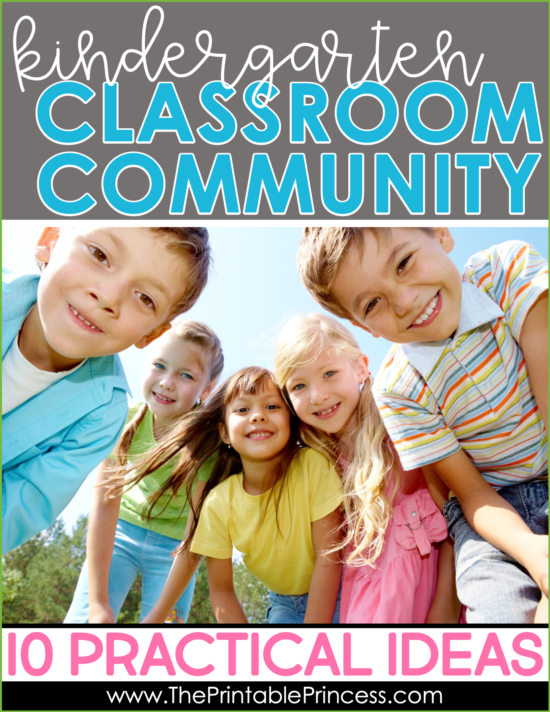
Building a classroom community in kindergarten is simple when kids feel included, supported, and seen. Try any or all of these activities to create the classroom community that helps your students thrive.

